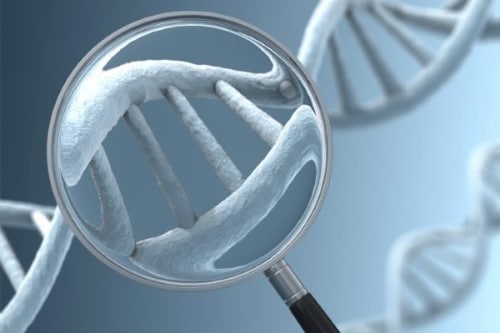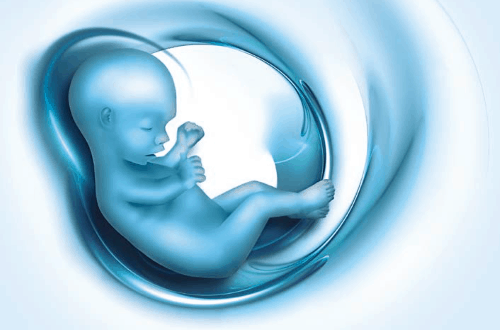Preimplantation genetic diagnosis and screening (PGD/PGS)
According to current statistics, the average genetically abnormal embryos account for 60% of Day 3 embryos and 36% of Day 5 embryos in IVF cycles. And most of assisted reproductive centers and clinics in Vietnam are selecting embryos based on their morphology – a subjective way of selection. So, how can we detect the genetically abnormal embryos before transferring them into the women’s uterus? The answer is Preimplantation Genetic Diagnosis and Screening.
At Hong Ngoc IVF Center – Hong Ngoc General Hospital, rather than selecting embryos by morphology, we are applying the most advanced technology and techniques in preimplantation genetic screening to choose the best embryos for each cycle. These techniques allow embryologists to dig profoundly and analysis the embryos’ genetic material, thereby able to select the best embryos which are normal both morphologically and genetically. This helps reduce the number of embryos per transfer, minimize the rate of multiple pregnancies, and decrease pregnancy terminations due to genetic defects and avoid having a child affected with genetic disorders.

What is Preimplantation Genetic Diagnosis and Screening? And for whom?
Pre-implantation Genetic Testing for Aneuploidy (PGS/ PGT-A)
Pre-implantation genetic testing for aneuploidy is the technique used to identify aneuploidy of all 24 chromosomes. The PGT-A is usually applied for following cases:
– Advanced maternal age (37 years old or older)
– Repeated miscarriages
– Repeated failed IVF cycle
– Seriously abnormal sperm or ovum
– Couples who want to select genetic normal embryos to have healthy child without genetic defects in IVF treatment.
Pre-implantation Genetic Diagnosis/ Testing for Monogenic diseases (PDG/PGT-M)
Pre-implantation genetic diagnosis aims at defining chromosomal abnormalities and monogenic diseases and is applied for couples with hereditary diseases which could be transmitted from generation to generation or couples with affected children.
How Preimplantation Genetic Diagnosis and Screening are performed?
Both pre-implantation genetic screening and pre-implantation genetic diagnosis techniques include 2 steps: embryos biopsy and genetic testing.
– Embryos biopsy: A small amount of cells will be taken from the embryo without affecting it (on day 3 or 5 of embryo development). This technique requires skillful and sophisticated manipulations of the embryologist, both ensuring to take enough cells for the screening and making sure of the embryo’s survival. At the laboratory of Hong Ngoc IVF Center, the technique is performed by our leading embryologists who have been trained and benefit from knowledge transfer from Czech Republic, promising to offer the highest success rate.

– Genetic testing: At Hong Ngoc IVF Center, we consider to take one genetic technique or combine numerous approaches for genetic testing base on the amount of material obtained and the genetic target. Genetic testing can be performed with Fluorescence in situ hybridization (FISH) or Next Generation Sequencing (NGS). With NGS technology, the biopsied cell’s DNA is extracted and amplified by Veriseq PGS Kit. Using Miseq – Illumina – one of the most modern sequencing machines, the embryo’s DNA is repeatedly read for thousands of times. The sequences then are analyzed by BlueFuse software to identify aneuploidy of all 24 chromosomes. This is one of the most advanced technologies in the world with the reliability of 99%.
Advantages of Preimplantation Genetic Diagnosis and Screening
First of all, genetic screening can detect embryos with abnormal chromosomes, helping patients to discard these abnormal embryos prior to transfers. Thus, reduce the number of embryos per transfer, decrease the rate of multiple pregnancies as well as pregnancy terminations due to genetic defects.
Secondly, the preimplantation genetic diagnosis can identify embryos carrying genetic diseases and discard them, avoid having a child affected with hereditary diseases of the previous generations.


 Tiếng Việt
Tiếng Việt